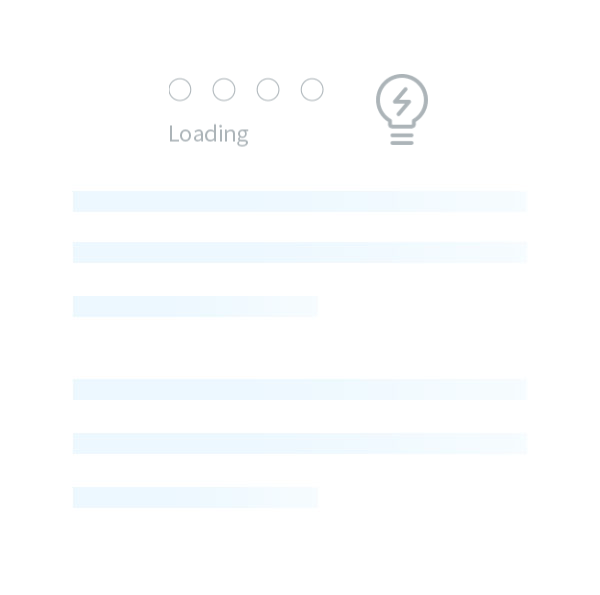
Judicial Interpretation Regarding Patent Linkage
On July 4, 2021, the National Medical Products Administration (NMPA) and the National Intellectual Property Office (CNIPA) together issued Measures for the Implementation of Early Resolution Mechanisms for Drug Patent Disputes. In this “Measures”, it is stipulated that there are two channels for the patentee or interested party who has objections to one of the four types of declarations made by the generics applicant to officially determine whether the relevant technical solutions of a drug applying for marketing approval falls into the protection scope of the relevant patent, namely the judicial channel and the administrative channel.
To better implement this “Measures”, on the next day, July 5, 2021, the Supreme People’s Court issued a relevant judicial interpretation entitled “Provisions of the Supreme People's Court on several issues concerning the application of law in the trial of civil cases of patent disputes related to drugs applied for registration” (hereinafter referred to as Judicial Interpretation), which came into force also on July 5, 2021.

The Judicial Interpretation includes 14 articles in total and involves the jurisdiction court, the materials for filing a lawsuit, independence of judicial procedures on administrative adjudication procedures, the trade-secret protection in litigation, the behavior preservation, the regulation of the patentee's abuse of litigation rights, service of judicial documents, etc.
First of all, the Judicial Interpretation stipulates that a case of first instance as to determination of whether the relevant technical solution of a drug applying for marketing approval falls into the protection scope of the relevant patent shall be under the jurisdiction of Beijing Intellectual Property Court. In this way, it is possible to apply the judgment standards as consistently as possible.
Secondly, the Judicial Interpretation stipulates that, where the patentee or the interested party fails to file a lawsuit before the court within the specified time limit, the applicant for drug marketing approval may file a lawsuit before the court in order to request to determine that the drug for registration does not fall into the protect scope of the relevant patent. It is also stipulated that, where a party claims that the lawsuit under Article 76 of the Patent Law should not be accepted or should be suspended on the grounds that the request for administrative adjudication under Article 76 of the Patent Law has been accepted by the CNIPA, the court shall not support such claim. It is further stipulated that a party, after filing a lawsuit under Article 76 of the Patent Law, requests suspension of the lawsuit on the grounds that the request for invalidation of the relevant patent has been accepted, the court shall not generally support the request.
As can be seen from the above, the patentee has the priority to file a lawsuit under Article 76 of the Patent Law, and the generics applicant may file a lawsuit only when the patentee does not file a lawsuit within the specified time limit. According to Article 7 of “Measures”, the time limit is 45 days from the date on which NMPA publishes the generics applicant’s application for drug marketing approval. In addition, the judicial procedures are independent from the administrative procedures, and thus the acceptance of the request for administrative adjudication or the request for invalidation by the CNIPA may not constitute the grounds for not accepting or suspending the lawsuit.
The Judicial Interpretation further stipulates that, if the applicant for drug marketing approval successfully claims that the drug applying for marketing approval belongs to the prior art or alternatively has been manufactured or is ready for manufacture before the filing date of the patent and will be manufactured within the original scope, the court may judge that said drug does not fall into the protection scope of the patent.
In brief, this stipulation is about the prior-art defense and the prior-user right, two commonly used types of defenses against patent infringement in the infringement proceedings. This stipulation is made to be consistent with the regulations in the infringement proceedings.
The Judicial Interpretation further stipulates that, during the litigation period under Article 76 of the Patent Law, where the patentee or the interested party files a request for behavior preservation to prohibit the applicant for drug marketing approval from exploiting the relevant patent under Article 11 of the Patent Law, namely, not making, using, promising to sell, selling or importing the patented product, or utilizing the patented method or using, promising to sell, selling or importing the product directly obtained from the patented method, for production and business purpose, the Court may deal with such request in accordance with the Patent Law and the Civil Procedure Law; however, the Court shall refuse the request for prohibiting the drug-marketing application or technical review and approval.
This stipulation aims to balance the interests between the patentee or the interested party and the generics applicant, namely ensuring, on the one hand, the patentee or the interested party’ right to prevent the infringement acts as prescribed in Article 11 of the Patent Law and, on the other hand, the drug applicant’s right to apply for drug marketing approval.
The Judicial Interpretation still stipulates that, where the patentee or the interested party knows or should know that the claimed patent right shall be invalidated or the relevant technical solution of the drug applying for registration does not fall into the protection scope of the patent but still files a lawsuit or requests an administrative adjudication under Article 76 of the Patent Law, the applicant for drug marketing approval may file a lawsuit for damages before the Beijing Intellectual Property Court.
This stipulation is about the patentee's abuse of litigation rights. However, the burden of proof for abuse of litigation rights lies with the generics applicant. If the generics applicant decides to file lawsuit for damages, he has to prove the fact that “the patentee or interested party knows or should know that the claimed patent rights shall be invalidated or the relevant technical solutions of the drug applying for registration does not fall within the protection scope of the patent”, which is not easy for the generics applicant to do.
We hope that the most recent Chinese Patent Law which came into force on this June 1, together with the newly issued “Measures” and the Judicial Interpretation, will provide early resolution mechanism to resolve drug patent disputes, so as to provide sufficient protection to drug patents and at the same time promote the development of the generics. There will be many problems to be confronted with in the future under this newly established patent linkage system in China. However, it is believed that the system will be improved gradually as more cases become available after it is implemented.













